- Home
- slideshows
- miscellaneous
- 12 subtle signs you need a new car
12 subtle signs you need a new car
1. Weird noises or smells.

2. Leaks.
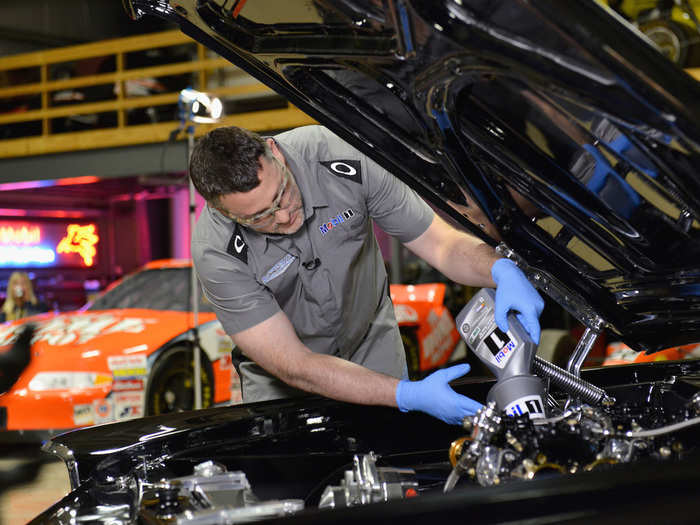
Leaks aren't the end of the line, but they're often the beginning of the end. New cars don't leak. Middle-aged cars leak a little. Old cars leak a lot. When you start to see a rainbow of liquid colors on the garage floor, it's time to go to a new car dealer.
3. Smoke.

Like leaks, smoking can be repaired, but it usually indicates a serious underlying problem. The three main colors of smoke are black, gray, and white. Black isn't always a big deal, as it usually means something is dirty with the filtration system. Gray means that the car is burning oil. A lot of gray and you'll want think about a new ride. White is it the worst, as it could indicate serious engine problems such as cracked engine block or a leaking engine gasket.
4. Overheating.

Engines get hot. In cars that are in good shape, this is no problem except in the most extreme conditions. But if your temperature gauge often gets into the red zone, you car's cooling system is on the fritz. Fixable, but problems often recur.
5. Technology debt.
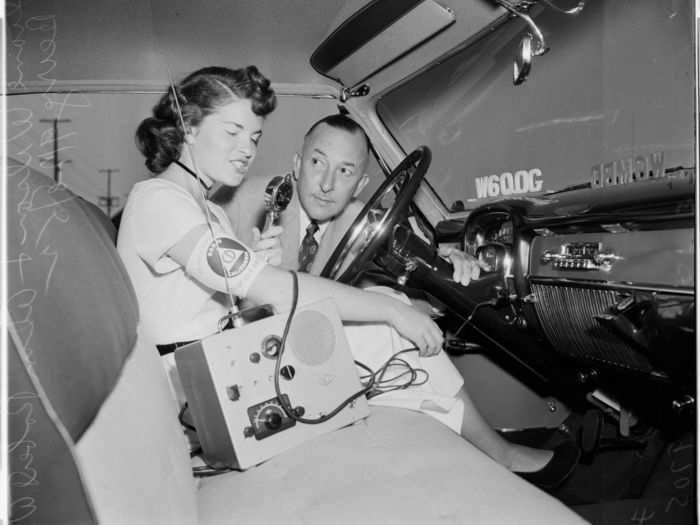
Sometimes, a car's infotainment system or driver-assist features simply aren't up-to-date. This can mean poor GPS navigation, as well as reduction in safety. Manufacturers usually revamp cars every five-to-seven years, so if you own, say, a car from 2012, chances are good that you're behind the tech curve.
6. Shaky steering.
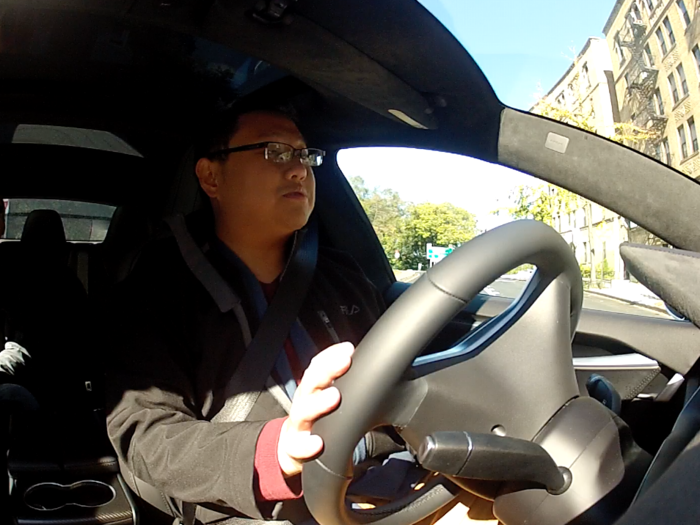
Steering in modern cars should be smooth. Shaking is an indication of poor alignment, tire balance, or a problem with the steering itself. A vehicle that's been in an accident and suffered frame damage can exhibit funky steering.
7. Pieces falling off.
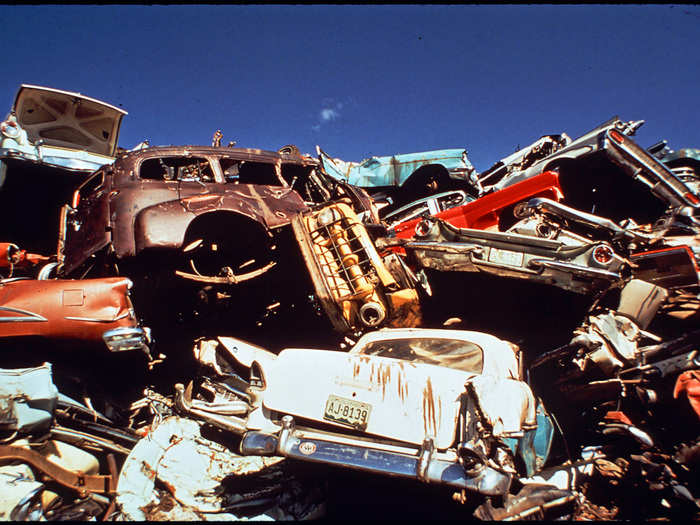
Many of the non-essential parts of cars are made from plastic, which degrades over time. Eventually, a lot of knobs, buttons, and other interior features can simply start to fall off. If you've filled a shoe box with pieces, it's time to think about a new car.
8. A repair that costs more than the car is worth.
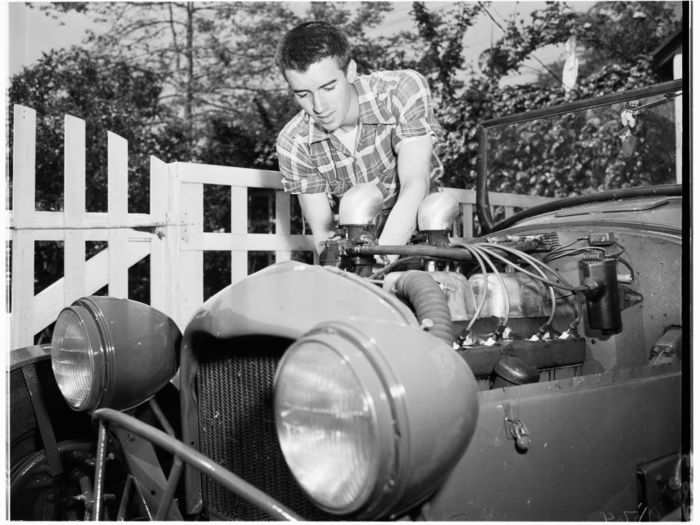
Let's say that, like me, you bought a used Saab 900S for $6,000 and happily drove it for about 10 years. Eventually, the car depreciated to the point where it was worth about $1,000 and had been in a fender-bender that damaged the front. One day, the radiator conked out, and that cost about $600 to get fixed.
Two such repairs each year would cost more than the car was worth, so I was preparing to get rid of it and buy a new, more reliable car.
9. Awkward transmission shifts or declining fuel economy.

A modern automatic transmission should always shift fairly smoothly. If yours doesn't, then you could have a major repair on your hands. It's an old standby in the car-ownership world that once the transmission and engine start breaking up, your car isn't going to be much fun anymore.
Dipping fuel economy is also a bad sign. If you've been getting 20-25 mpg combined from city/highway driving, then you drop below 20 mpg, you're on the road to losing money every year.
10. Poor emissions tests.
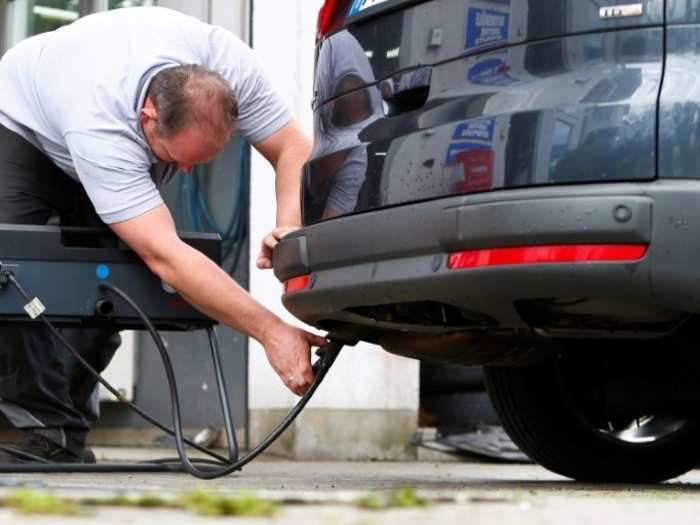
In my experience, this one is a stressful, bottomless pit. Every time you need get your car checked for a new registration, you're up against a repair to deal with a test failure. Save yourself the anguish a get a new vehicle that will pass with ease.
11. The odometer is closing in on 100,000 miles.
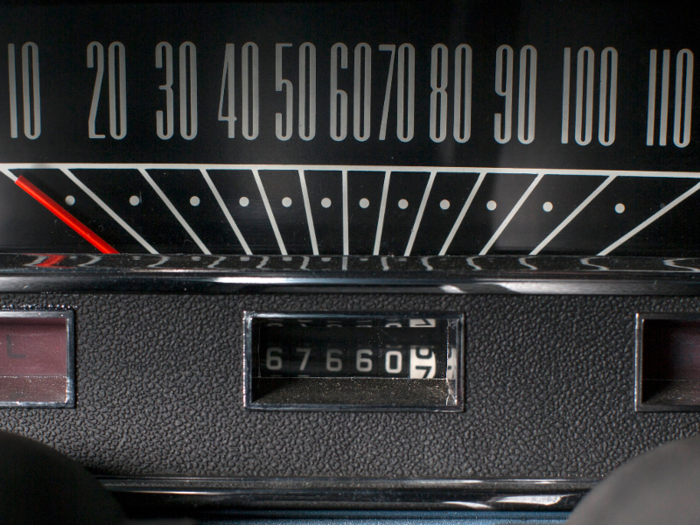
This is old-timer stuff, but your car's odometer can give you a good estimate of what you might have in store. Assuming you drive 15-20,000 miles every year, your car will hit 100,000 miles around the 5-7 year mark. That's when the serious repairs are called for, such as the timing belt, new brake rotors, and wholesale replacement of engine parts that have been exposed to heat and friction for a while.
Even if you been faithful about maintenance, 100,000 miles means a reality check.
12. You just made you last loan payment.

Now you have a clear choice: own the car free and clear and drive it until the wheels fall off or it's worth next to nothing (see me and my Saab, above); or celebrate by trading in your old car for something new and start the process all over again.
If you do this every five years, you'll always be in an auto loan, but you'll also always be driving a vehicle that's up-to-date.
If you do this every seven years, and you take out five-year loans, you'll have two years of no payments. I recommend this plan.
Popular Right Now
Popular Keywords
Advertisement